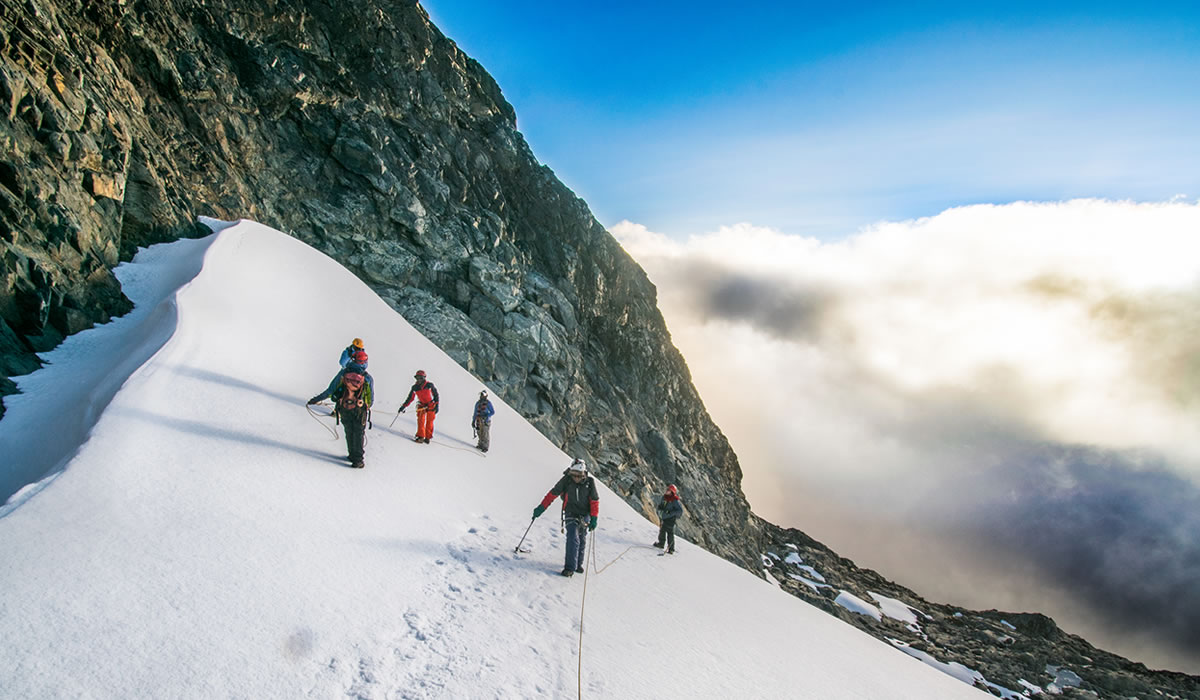Rwenzori Mountains National Park is one of Uganda’s most remarkable natural treasures, famous for its towering mountain ranges, snowcapped peaks, glaciers, and diverse ecosystems. Located in western Uganda along the border with the Democratic Republic of Congo, the park covers about 996 square kilometers and was established in 1991. It was declared a UNESCO World Heritage Site in 1994 because of its exceptional natural beauty and outstanding biodiversity. Known as the “Mountains of the Moon,” the Rwenzoris rise dramatically above the Albertine Rift Valley, offering some of the most scenic landscapes in Africa and one of the best high-altitude hiking experiences in the world.

The park is dominated by the Rwenzori mountain range, which features Africa’s third highest peak, Mount Stanley, standing at 5,109 meters above sea level. Alongside Mount Stanley are other towering summits such as Mount Speke, Mount Baker, Mount Emin, and Mount Luigi di Savoia. These peaks are often shrouded in mist, creating a mystical atmosphere that has fascinated explorers for centuries. At the highest altitudes, glaciers and permanent snow cap the mountains, while lower slopes are cloaked in dense forests, bamboo stands, heathlands, and alpine vegetation. The unique flora of the Rwenzoris, including giant lobelias, groundsels, and heathers, is among the most distinctive vegetation in Africa, making the park a paradise for nature enthusiasts and photographers.
One of the main attractions of Rwenzori Mountains National Park is mountaineering and trekking. Unlike Mount Kilimanjaro or Mount Kenya, the Rwenzoris offer a more challenging and less commercialized climbing experience, appealing to adventurous travelers seeking a true wilderness expedition. The Central Circuit Trail, which takes between 7 and 9 days, is the most popular trekking route, leading climbers through a range of vegetation zones to the snowcapped peaks. The Kilembe Trail is another challenging route that offers equally stunning scenery and opportunities to summit the major peaks. Treks are guided by professional mountaineering teams, and while reaching the highest summits requires technical climbing skills, shorter treks can be enjoyed by travelers who simply want to explore the beautiful landscapes and unique vegetation without attempting the peaks.
Wildlife enthusiasts also find Rwenzori Mountains National Park rewarding. The park is home to 70 mammal species, including forest elephants, bushbucks, giant forest hogs, and chimpanzees. Primates are a highlight here, with black-and-white colobus monkeys, blue monkeys, and L’Hoest’s monkeys often spotted along the trails. The park’s remote terrain means wildlife viewing is less predictable compared to savannah parks, but the diversity of species and the thrill of encountering animals in such a dramatic landscape make it unforgettable.
Birdwatching in the Rwenzoris is another major attraction. With over 217 bird species recorded, including 19 species endemic to the Albertine Rift Valley, the park is recognized as one of Uganda’s best birding destinations. Some of the notable species include the Rwenzori turaco, handsome francolin, strange weaver, Rwenzori batis, and the regal sunbird. Birdwatchers are particularly drawn to the montane forests and bamboo zones, where colorful species thrive in the lush vegetation.
Cultural encounters are an enriching part of a visit to the Rwenzori Mountains. The park is surrounded by the Bakonzo people, who have lived in the foothills for centuries. Visitors can engage in cultural tours that showcase traditional dances, music, and storytelling, as well as agricultural practices like coffee growing. The Rwenzori region is also known for its vibrant craft industry, producing baskets, mats, and other handmade items. These community-based experiences not only provide insight into the local way of life but also support conservation through tourism revenue sharing.
Scenery is another hallmark of Rwenzori Mountains National Park. From the foothills covered in farmlands to the towering snowcapped peaks, the park offers spectacular views at every turn. The glacial lakes within the park, such as Lake Mahoma, Lake Kitandara, and Lake Bujuku, are breathtakingly beautiful, reflecting the surrounding mountains and alpine vegetation. Hikers often pause at these lakes during treks to take in the tranquility and pristine beauty of the high-altitude environment.
Accommodation around Rwenzori Mountains National Park caters to various budgets. For trekkers, mountain huts and camps along the trails provide basic shelter and meals, essential for multi-day expeditions. In the foothills and nearby towns such as Kasese and Fort Portal, visitors can find lodges, guesthouses, and camps that range from budget to luxury. Options include Rwenzori Turaco View Campsite, Equator Snow Lodge, and Ruboni Community Camp, all of which provide access to the park while also offering stunning views of the mountains. Staying near the park allows travelers to immerse themselves in the peaceful atmosphere of the Rwenzoris before or after trekking adventures.
Accessibility to Rwenzori Mountains National Park is relatively straightforward. The park is about 375 kilometers from Kampala, Uganda’s capital, and can be reached by road in about 6 to 7 hours. The most commonly used gateways are Nyakalengija near Kasese and Kilembe, both of which serve as trailheads for trekking routes. For visitors who prefer to reduce travel time, domestic flights can be arranged from Entebbe International Airport or Kajjansi Airfield to Kasese Airstrip, which is located close to the park.
The best time to visit Rwenzori Mountains National Park is during the dry seasons, from June to August and December to February. During these months, trails are less muddy, and the weather is more favorable for trekking and climbing. However, because the Rwenzoris receive frequent rainfall due to their location along the equator, visitors should always be prepared for wet conditions regardless of the season. The rain, though challenging, is also responsible for the lush vegetation and stunning landscapes that make the park unique.
Conservation efforts in Rwenzori Mountains National Park are crucial for preserving its delicate ecosystems. The park is managed by the Uganda Wildlife Authority, which works with local communities and international partners to promote sustainable tourism and protect biodiversity. Programs such as revenue sharing ensure that communities benefit from tourism, encouraging them to take part in conservation initiatives. Despite challenges such as climate change, which has led to the gradual retreat of glaciers, the park continues to thrive as a destination for eco-tourism and adventure travel.
For adventure seekers, Rwenzori Mountains National Park provides one of the most authentic high-altitude trekking experiences in Africa. It is less crowded than other popular mountains, offering solitude and a true sense of wilderness. Whether you are aiming to summit Margherita Peak on Mount Stanley, marvel at the unique Afro-alpine vegetation, or simply explore the foothills and cultural landscapes, the park promises an unforgettable journey.
In conclusion, Rwenzori Mountains National Park is a jewel of Uganda’s tourism landscape, blending rugged mountains, rare glaciers, lush forests, and rich cultural heritage. It is a destination that appeals to trekkers, mountaineers, birdwatchers, and cultural explorers alike. The park’s combination of challenging climbs, unique biodiversity, and breathtaking scenery ensures that every visitor leaves with lasting memories. Whether you are drawn by the allure of the “Mountains of the Moon,” the thrill of conquering Africa’s third highest peak, or the desire to experience one of the continent’s most diverse ecosystems, Rwenzori Mountains National Park delivers an adventure like no other.
